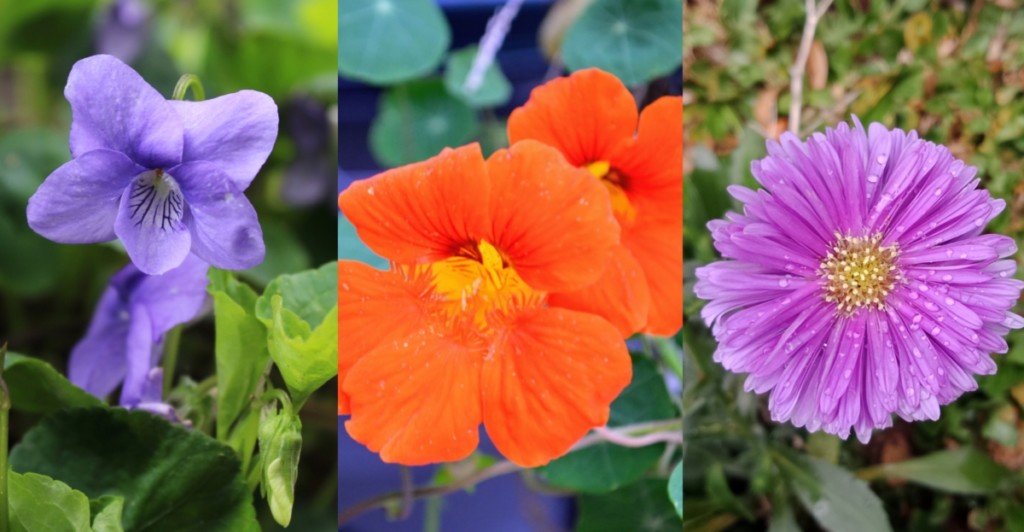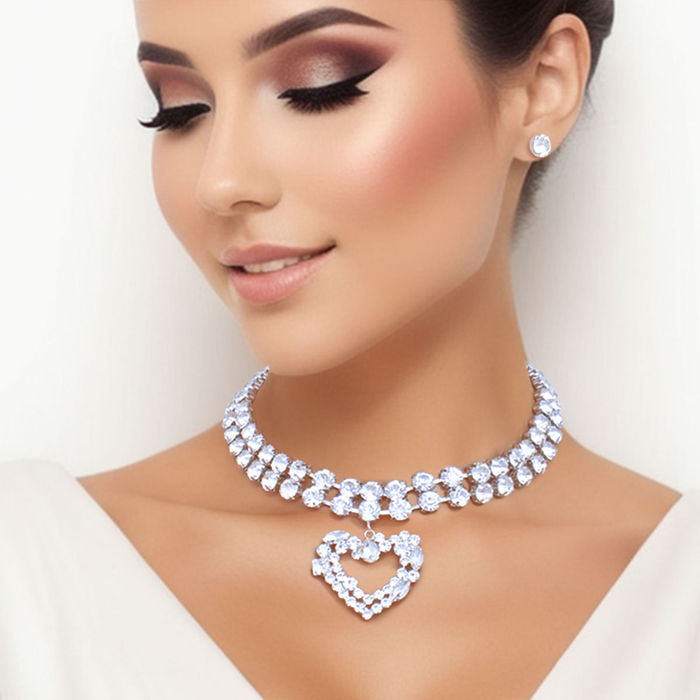Growing Edible Flowers - Bootstrap Farmer
By A Mystery Man Writer
Description
Learn about growing speciality, edible flowers with this extensive resource. We take you through the process of cultivating and selling blooms and buds for chefs and personal use. Learn more at Bootstrap Farmer today!
Bootstrap Farmer offers quality and affordable DIY greenhouse equipment and custom greenhouses for sale. We are experts in greenhouse farming and can help you grow your business. Shop with us today and receive free shipping over $49 with a 30-day money back guarantee!
Edible flowers are a wonderfully interesting, beautiful, beneficial, and high-value crop that can be added to your production. Ranging from tender annuals that pump out blossoms in the summer, perennial shrubs with extended bloom times, all the way to fruit trees whose blooms can provide color and value in the early spring, edible flowers provide a bouquet of opportunities. GET STARTED PDF SpreadSheet Flower List Top 10 Edible Flowers to Grow Edible Flowers A-Z Tip: Be sure to make a copy of the PDF spreadsheet. This will enable you to use the search function (ctrl F) to easily locate varieties. SELLING EDIBLE FLOWERS IF IN DOUBT, DON'T EAT IT AND DON’T SELL IT. When diving into the world of edible flowers it is important to note that many plants share a common name even when the actual plants are from completely different families. This means that even though two plants share a name, one type may be edible while another is poisonous. In our list, we have named plants by their scientific names to avoid confusion about which cultivars to look for. Each listing also includes the most frequently used common names. Be sure to check the scientific designation for any plant you are planning to grow for edible flower purposes. It is your responsibility as a grower to know that what you are growing is safe to consume. VALUE ADDED PRODUCT OPPORTUNITIES WITH EDIBLE FLOWERS You are not limited to selling only in-season blossoms when growing edible flowers. We have seen an uptick in interest from local chefs for dried petals year-round. Many varieties can be used to make natural food coloring and if dried properly will still add vibrant colors to a plate. Here are some other ways to sell edible blooms: Added into homemade lollipops or hard candies Dried and blended with custom salt blends Freeze-dried Sugared Pressed Flower infused ice-cubes These are a simple way to increase the price you are receiving per bloom. Having novelty items like this also draws new customers. PRICING AND PACKAGING Packaging edible flowers can be a delicate process since they have a short shelf life. In general flowers will last around 7 days in normal refrigeration conditions. After 7 days most flowers start to deteriorate and become unusable quickly. An interesting study done on nasturtiums showed that the flowers reacted well to being placed in poly containers with a small hole poked for gas exchange (1). Different flowers may show slightly different shelf life under different treatments but this seems to be a good standard practice, particularly if you are selling mixed flowers. When packaging flowers this way it is good to remove as much of the stem as possible to extend shelf life and provide an easy to use product for your customer. Some edible flowers can also be harvested and sold in the manner of cut flowers as well. Flowers that have stems of decent length can be bunched into jars or shallow buckets with water to stay hydrated. This method can work great for cocktail bars, caterers and restaurants with open kitchens. They add visual interest and keep the flowers as fresh as possible up until the moment of plating. NON TOXIC VS. EDIBLE In this resource, we have tried to include only flowers we think are truly edible. Meaning they either are beautiful and have a mild flavor or distinct flavors that contribute to a dish beyond merely being eye catching. There are definitely other flowers out there that are nontoxic but not recommended for eating. Meaning in small quantities they won’t hurt you but they also are not particularly good for you or tasty. It never ceases to amaze how many times you can see a beautiful plate of food garnished with flowers and foliage that are inedible. This is an opportunity for the well-informed grower to help their clients as well as themselves. Folks who don’t know plants may assume there is no harm in plating with flowers of dubious origin because, “Nobody eats the garnish, right?” A dangerous mindset when you consider the liability involved if someone chooses to eat a plant that you (or your customer) put on the plate and gets ill. In the warnings, we have noted that some of these plants do contain compounds that can cause intestinal distress or other health issues in large quantities. For our purposes, this includes oxalic acids and alkaloids, both of which are often found in high concentrations in some medicines. All members of the sorrel family contain oxalic acid as do many other food crops. Oxalic acid should be avoided by those with certain medical conditions such as gout, and in high concentrations, can cause light sensitivity. Alkaloids are a compound found in many foods, like tomatoes, but can be present in higher concentrations in the flower. Overconsumption of any alkaloid can cause health issues but the amount present in the flowers we include here would require consuming a lot to cause issues. When it comes to eating the flowers this is just a reminder that many edible flowers should be used sparingly. It can help to think of edible flowers in terms of plant-based medicines, a little bit may be good for you but too much of anything can be hard on your system. ALLERGIES Since many edible flowers will be served with the pollen anthers still attached there is the possibility for allergic reactions. In most cases, we recommend removing the anthers from flowers that are large such as daylilies. For many of the smaller flowers, this practice isn’t feasible at scale. For products that are required to have allergy warnings, it is important to include this information for your customers. PARTS OF THE FLOWERS TO KNOW Not every part of every flower is edible. Notice that with some flowers, only the petals are edible. It is important to know the basic parts of a flower in order correctly serve them. For example, It's sometimes recommended that before serving, the preparer remove the bitter, green sepals, and white base of most flowers. Other times, these sepals can add to the flavor. If you are not sure, try one both ways. GO TO EDIBLE FLOWER LIST Disclaimer: This resource's purpose is to provide general information and inspiration only. Since many of the flowers listed herein are known for medicinal properties, seek the advice of a health professional before touching or eating any plant matter that is new to you. As with any natural product, they can be toxic if misused or consumed in large quantities. stresses that you do not eat any edible plants, herbs, weeds, trees, or bushes until you have verified the genus and species. If selling flowers as a consumable, it is up to you to do your due diligence to know the species of any flowers sold to consumers. No liability exists against or anyone who works for ; nor can they be held responsible for any allergy, illness, or adverse effect that any person or animal may suffer as a result of the information in this website or through using any of the plants mentioned by .
Bootstrap Farmer offers quality and affordable DIY greenhouse equipment and custom greenhouses for sale. We are experts in greenhouse farming and can help you grow your business. Shop with us today and receive free shipping over $49 with a 30-day money back guarantee!
Edible flowers are a wonderfully interesting, beautiful, beneficial, and high-value crop that can be added to your production. Ranging from tender annuals that pump out blossoms in the summer, perennial shrubs with extended bloom times, all the way to fruit trees whose blooms can provide color and value in the early spring, edible flowers provide a bouquet of opportunities. GET STARTED PDF SpreadSheet Flower List Top 10 Edible Flowers to Grow Edible Flowers A-Z Tip: Be sure to make a copy of the PDF spreadsheet. This will enable you to use the search function (ctrl F) to easily locate varieties. SELLING EDIBLE FLOWERS IF IN DOUBT, DON'T EAT IT AND DON’T SELL IT. When diving into the world of edible flowers it is important to note that many plants share a common name even when the actual plants are from completely different families. This means that even though two plants share a name, one type may be edible while another is poisonous. In our list, we have named plants by their scientific names to avoid confusion about which cultivars to look for. Each listing also includes the most frequently used common names. Be sure to check the scientific designation for any plant you are planning to grow for edible flower purposes. It is your responsibility as a grower to know that what you are growing is safe to consume. VALUE ADDED PRODUCT OPPORTUNITIES WITH EDIBLE FLOWERS You are not limited to selling only in-season blossoms when growing edible flowers. We have seen an uptick in interest from local chefs for dried petals year-round. Many varieties can be used to make natural food coloring and if dried properly will still add vibrant colors to a plate. Here are some other ways to sell edible blooms: Added into homemade lollipops or hard candies Dried and blended with custom salt blends Freeze-dried Sugared Pressed Flower infused ice-cubes These are a simple way to increase the price you are receiving per bloom. Having novelty items like this also draws new customers. PRICING AND PACKAGING Packaging edible flowers can be a delicate process since they have a short shelf life. In general flowers will last around 7 days in normal refrigeration conditions. After 7 days most flowers start to deteriorate and become unusable quickly. An interesting study done on nasturtiums showed that the flowers reacted well to being placed in poly containers with a small hole poked for gas exchange (1). Different flowers may show slightly different shelf life under different treatments but this seems to be a good standard practice, particularly if you are selling mixed flowers. When packaging flowers this way it is good to remove as much of the stem as possible to extend shelf life and provide an easy to use product for your customer. Some edible flowers can also be harvested and sold in the manner of cut flowers as well. Flowers that have stems of decent length can be bunched into jars or shallow buckets with water to stay hydrated. This method can work great for cocktail bars, caterers and restaurants with open kitchens. They add visual interest and keep the flowers as fresh as possible up until the moment of plating. NON TOXIC VS. EDIBLE In this resource, we have tried to include only flowers we think are truly edible. Meaning they either are beautiful and have a mild flavor or distinct flavors that contribute to a dish beyond merely being eye catching. There are definitely other flowers out there that are nontoxic but not recommended for eating. Meaning in small quantities they won’t hurt you but they also are not particularly good for you or tasty. It never ceases to amaze how many times you can see a beautiful plate of food garnished with flowers and foliage that are inedible. This is an opportunity for the well-informed grower to help their clients as well as themselves. Folks who don’t know plants may assume there is no harm in plating with flowers of dubious origin because, “Nobody eats the garnish, right?” A dangerous mindset when you consider the liability involved if someone chooses to eat a plant that you (or your customer) put on the plate and gets ill. In the warnings, we have noted that some of these plants do contain compounds that can cause intestinal distress or other health issues in large quantities. For our purposes, this includes oxalic acids and alkaloids, both of which are often found in high concentrations in some medicines. All members of the sorrel family contain oxalic acid as do many other food crops. Oxalic acid should be avoided by those with certain medical conditions such as gout, and in high concentrations, can cause light sensitivity. Alkaloids are a compound found in many foods, like tomatoes, but can be present in higher concentrations in the flower. Overconsumption of any alkaloid can cause health issues but the amount present in the flowers we include here would require consuming a lot to cause issues. When it comes to eating the flowers this is just a reminder that many edible flowers should be used sparingly. It can help to think of edible flowers in terms of plant-based medicines, a little bit may be good for you but too much of anything can be hard on your system. ALLERGIES Since many edible flowers will be served with the pollen anthers still attached there is the possibility for allergic reactions. In most cases, we recommend removing the anthers from flowers that are large such as daylilies. For many of the smaller flowers, this practice isn’t feasible at scale. For products that are required to have allergy warnings, it is important to include this information for your customers. PARTS OF THE FLOWERS TO KNOW Not every part of every flower is edible. Notice that with some flowers, only the petals are edible. It is important to know the basic parts of a flower in order correctly serve them. For example, It's sometimes recommended that before serving, the preparer remove the bitter, green sepals, and white base of most flowers. Other times, these sepals can add to the flavor. If you are not sure, try one both ways. GO TO EDIBLE FLOWER LIST Disclaimer: This resource's purpose is to provide general information and inspiration only. Since many of the flowers listed herein are known for medicinal properties, seek the advice of a health professional before touching or eating any plant matter that is new to you. As with any natural product, they can be toxic if misused or consumed in large quantities. stresses that you do not eat any edible plants, herbs, weeds, trees, or bushes until you have verified the genus and species. If selling flowers as a consumable, it is up to you to do your due diligence to know the species of any flowers sold to consumers. No liability exists against or anyone who works for ; nor can they be held responsible for any allergy, illness, or adverse effect that any person or animal may suffer as a result of the information in this website or through using any of the plants mentioned by .

Growing Edible Flowers - Bootstrap Farmer
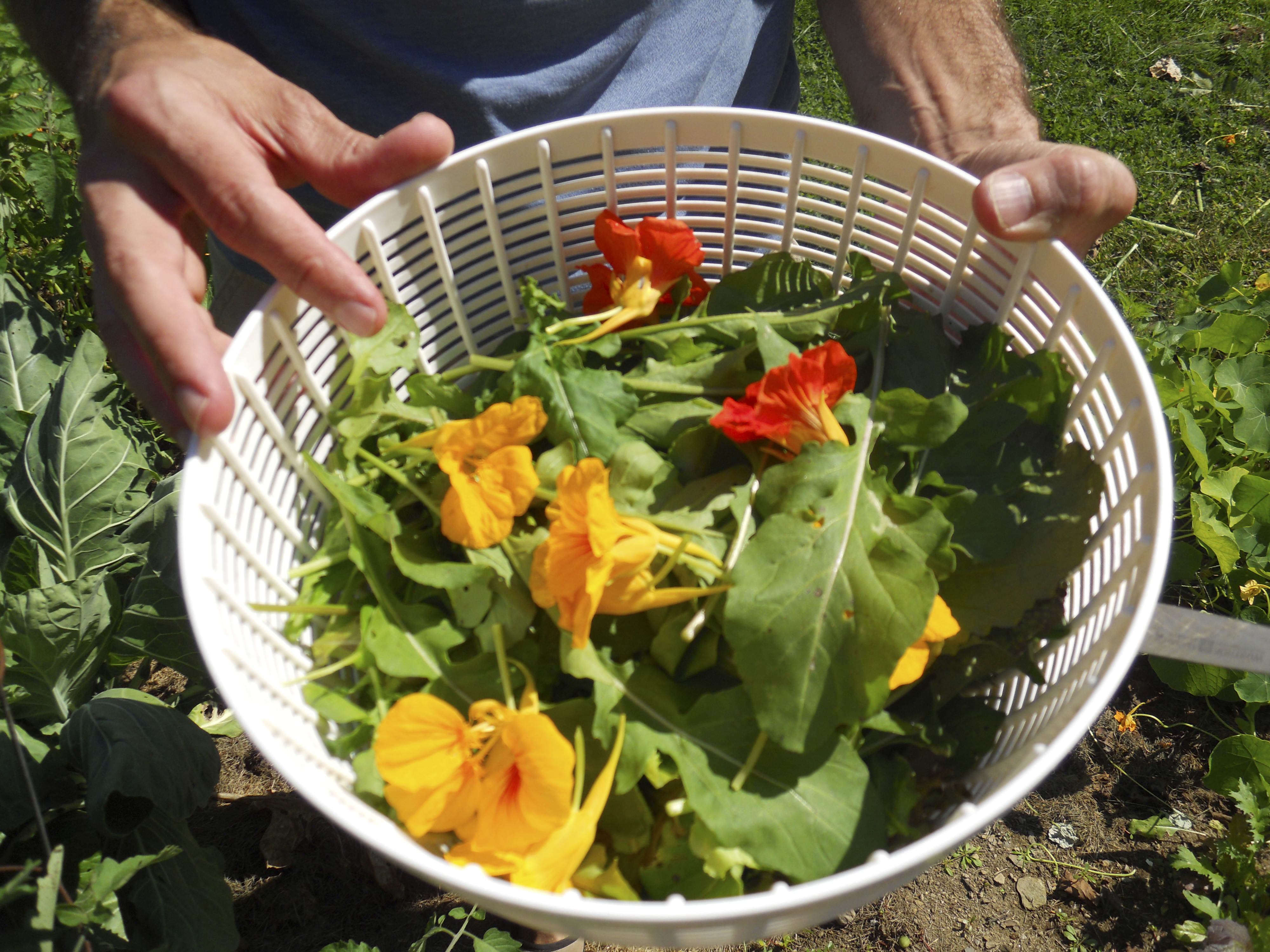
How to grow and pick edible flowers
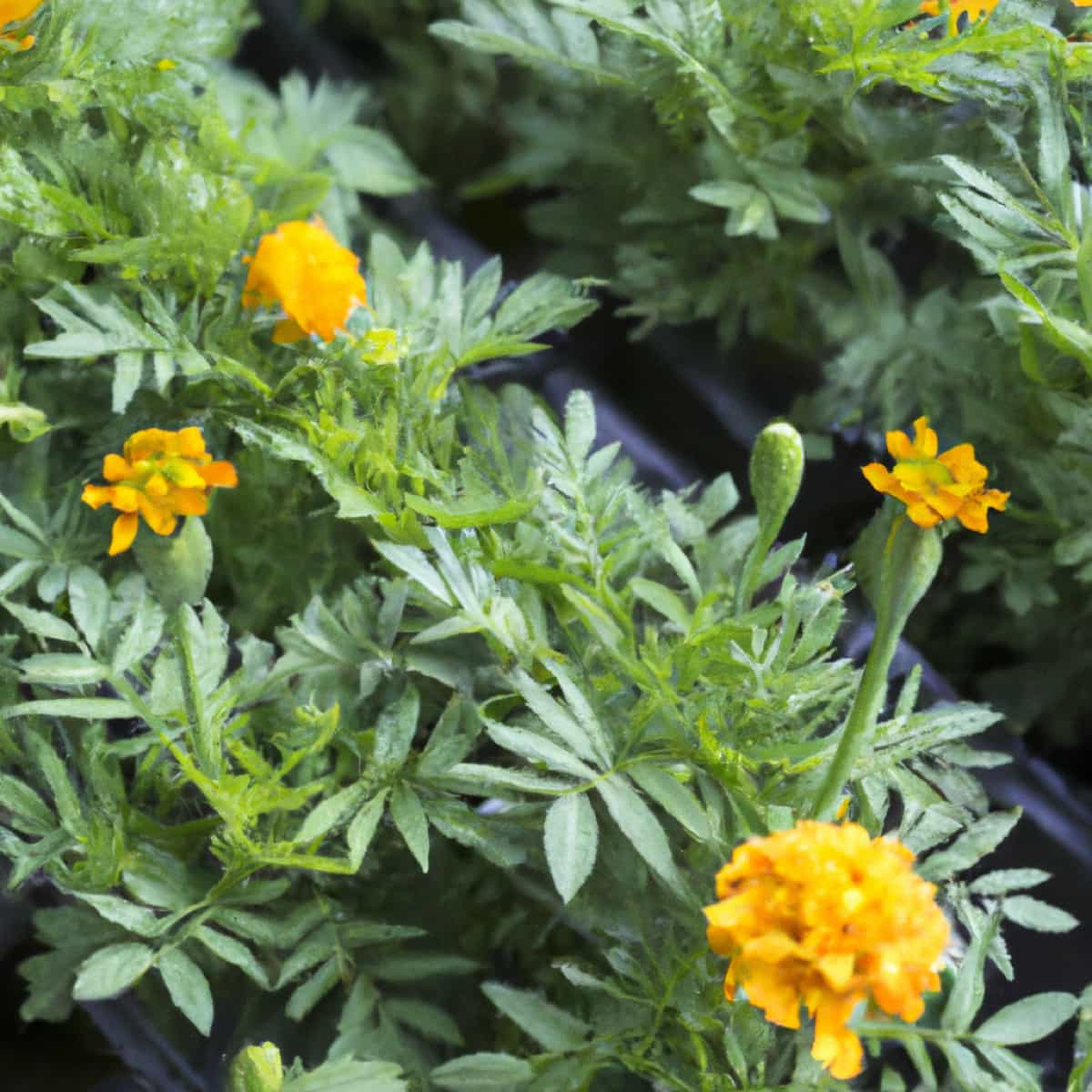
How to Grow Edible Flowers in Hydroponics: A Step-By-Step Guide for Beginners

Bootstrap Farmer on Instagram: Edible flowers are a fantastic addition to any microgreens operation. 🌱🌸 When seeking out clients for edible flowers, we suggest doing a little research about the restaurants, bars
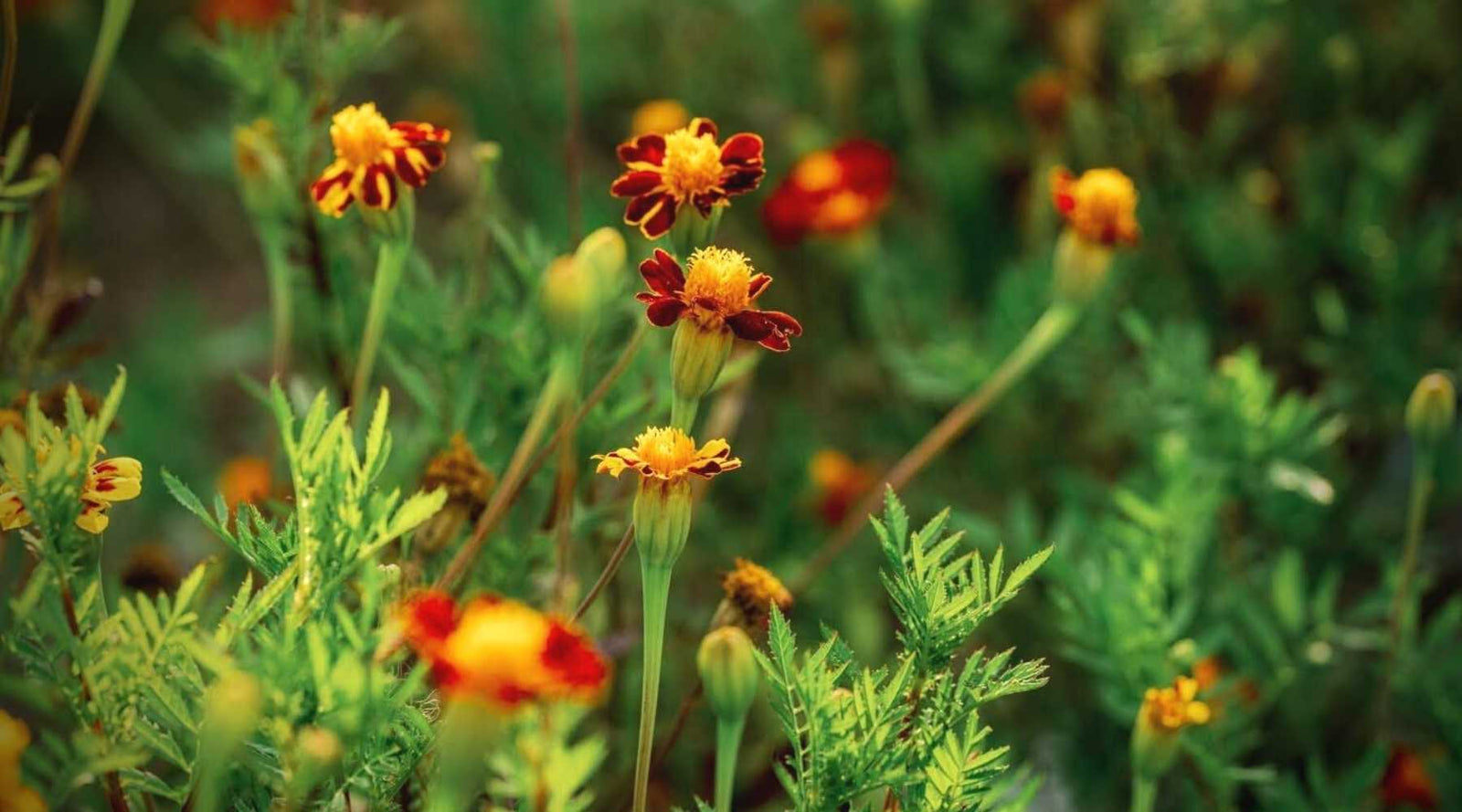
Edible Flowers - Bootstrap Farmer

The Rise of Microgreens and Edible Flowers - Edible Sacramento
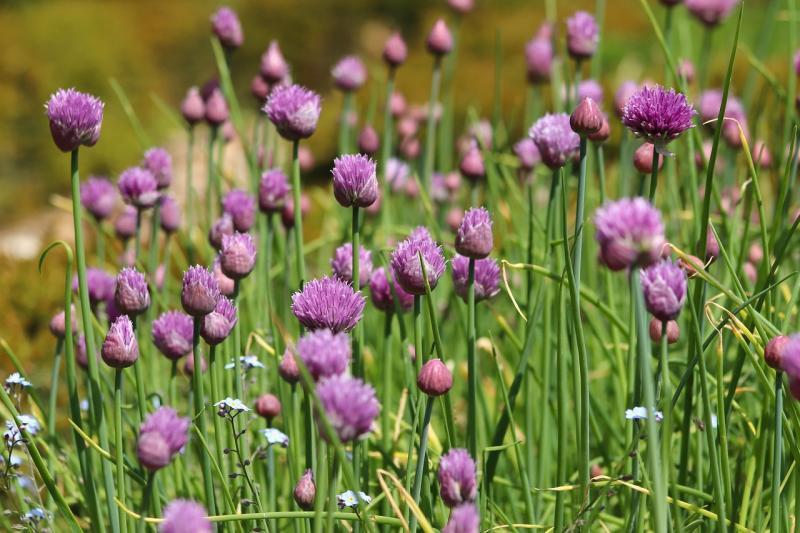
Edible Flower Guide Nebraska Extension in Lancaster County

Growing Zinnias: A Guide to Planting, Growing and Caring for Zinnias

100 garden flowers that are good enough to eat Edible flowers, Edible flowers recipes, Flower food

Using and Growing Edible Flowers for Floral Design

Local farmers markets blooming with arugula, mustard flowers – Boulder Daily Camera
from
per adult (price varies by group size)



